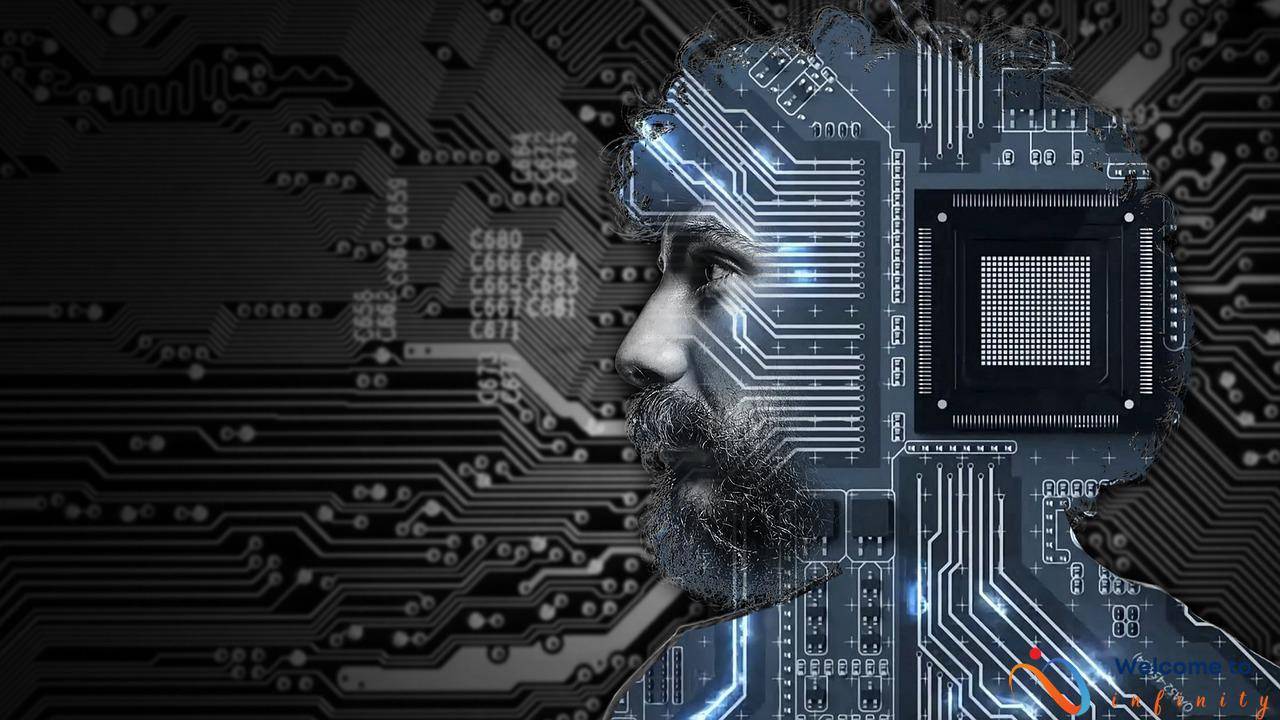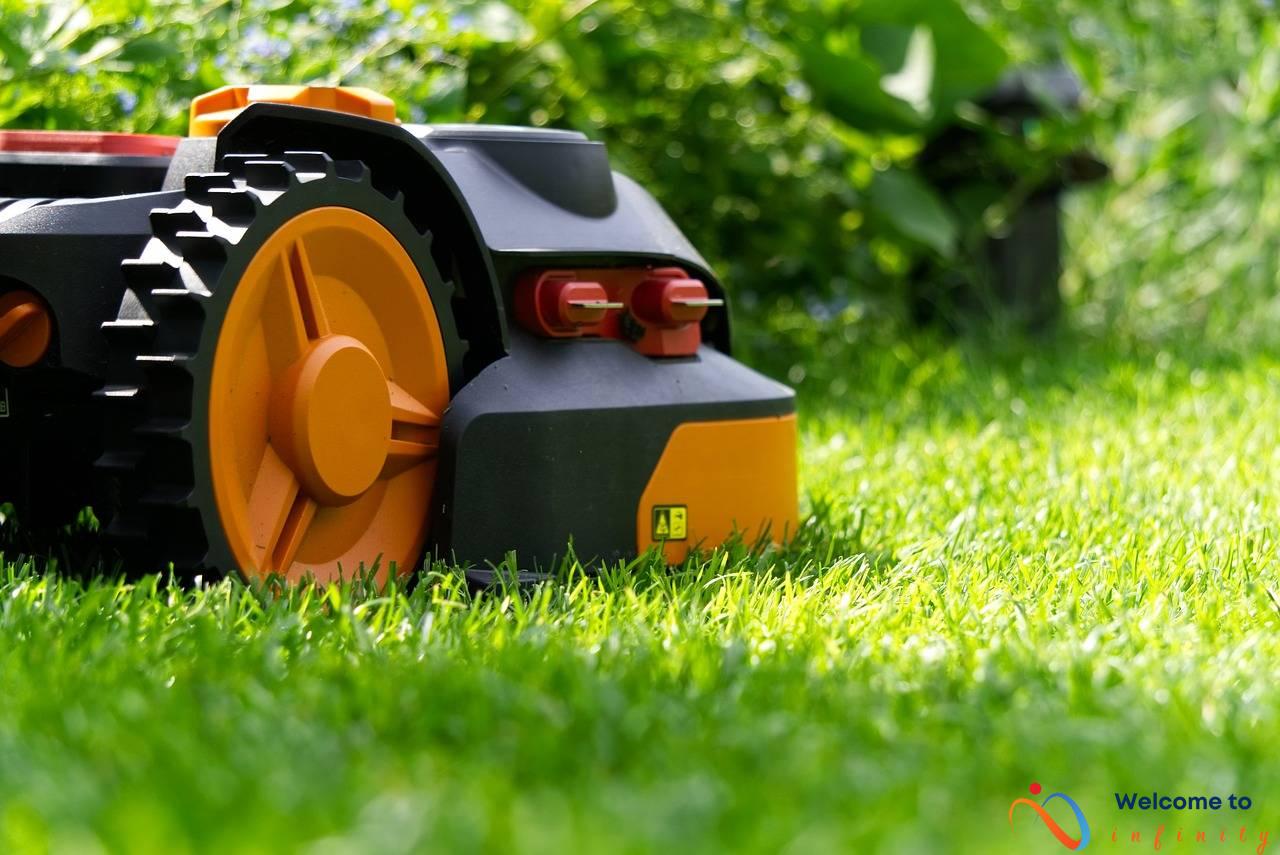With the rapid advancements in technology, the idea of smart and connected environments has become more achievable than ever before. The Internet of Things (IoT) has played a major role in bringing this concept to life by connecting everyday devices and systems to the internet. However, the key to making these environments truly intelligent lies in the integration of artificial intelligence (AI) with IoT. This powerful combination can create environments that are responsive, efficient, and sustainable.
The use of AI in IoT can lead to numerous benefits. For example, it can help businesses and individuals make more informed decisions by analyzing large amounts of data collected from IoT devices. It can also improve the performance of these devices by enabling them to learn and adapt to changing conditions. Moreover, AI in IoT can help promote sustainability by reducing energy consumption in homes and businesses.
One of the areas where the integration of AI and IoT has the potential to make a significant impact is in the development of smart cities. By incorporating intelligent systems, cities can become more efficient and innovative. For instance, AI-powered traffic management systems can reduce congestion and improve safety by analyzing traffic flow and predicting potential accidents. Smart parking systems can help drivers find parking spaces quickly and easily, reducing traffic on busy streets. In addition, intelligent public transportation systems can optimize routes and predict arrival times, making public transportation a more effective alternative to driving.
Another area where AI and IoT can have a significant impact is in smart energy management. By using AI to analyze and optimize energy consumption, businesses and households can reduce their overall energy usage and costs. In addition, this can promote sustainability by reducing carbon emissions and helping to preserve the environment.
The potential for AI and IoT is vast and varied. As the technology continues to evolve, it is likely that we will see further advancements in areas such as healthcare and agriculture. The possibilities are endless, and the future is looking bright for smart and connected environments.
The Benefits of AI in IoT
Artificial intelligence (AI) has become an essential element in the Internet of Things (IoT). By incorporating AI into IoT devices, the benefits are tremendous. Here are some of the advantages of utilizing AI in IoT:
- Improved Efficiency: One of the significant advantages of AI in IoT is the improvement in efficiency. AI-powered devices can learn and adapt to user patterns to optimize their performance. This results in energy savings, faster response times, and more reliable performance.
- Enhanced Automation: The integration of AI technology into IoT devices enables them to perform complex tasks autonomously. This automation leads to an efficient allocation of resources and reduced human intervention, resulting in time and cost savings.
- Better decision-Making: AI-powered devices can analyze vast amounts of data in real-time, enabling them to make more informed decisions. This can be used to improve the accuracy and speed of decision-making in various applications, such as traffic management and healthcare.
- Increased Personalization: AI in IoT devices can learn user preferences and adapt to them in real-time. This customization leads to a more personalized experience for users, which improves satisfaction levels.
- Enhanced Security: By incorporating AI technology, IoT devices can identify and prevent security threats more effectively. They can quickly identify and respond to attacks, reducing the risk of data breaches and other security incidents.
In summary, incorporating AI into IoT devices offers significant advantages such as improved efficiency, enhanced automation, better decision-making, increased personalization, and enhanced security. These benefits are driving the rapid adoption of AI technology in the IoT industry.
The Role of IoT and AI in Smart Cities
The Internet of Things (IoT) has revolutionized the way we live, work, and interact with the world. By incorporating artificial intelligence (AI) into IoT devices, we can create intelligent and connected environments that transform urban landscapes into smart cities. Smart cities aim to achieve sustainable, efficient, and innovative solutions that improve the quality of life for citizens and create a prosperous and thriving economy.
The combination of IoT and AI can lead to sustainable solutions in cities. For instance, smart waste management systems can reduce the amount of waste produced and improve the recycling process. With IoT sensors, waste levels can be monitored in real-time, and collection routes can be optimized to reduce carbon emissions and save energy. Similarly, smart buildings with energy management systems can optimize energy consumption and reduce costs.
AI in IoT can also lead to efficient transportation systems that minimize congestion and delays. With AI-powered traffic management systems, data can be analyzed in real-time to predict traffic patterns and accidents, optimize traffic flow, and reduce accidents and incidents. Smart parking systems can help drivers find available parking spaces, reducing the time spent searching for a spot. Intelligent public transportation systems can use real-time data to predict arrival times, optimize routes, and provide a hassle-free travel experience for commuters.
Innovation is another advantage of AI in IoT. Smart cities can leverage AI to create innovative solutions that improve the quality of life for citizens. For example, IoT sensors and AI algorithms can be used to monitor air quality levels, develop flood prediction models, and identify potential hazards. This will help city officials to take preventive measures to ensure safety and security for residents.
In conclusion, the combination of IoT and AI has immense potential to create smart and connected environments that promote sustainability, efficiency, and innovation. Although there are still challenges to overcome, such as security and privacy concerns, the future of smart cities is promising. With ongoing development and innovation, AI in IoT will play a crucial role in shaping a better world for all.
AI-powered Traffic Management
Smart traffic management is becoming increasingly important, especially in densely populated areas where traffic congestion is a major issue. Fortunately, AI-powered traffic management systems can help address this problem.
Using AI, these systems can collect, process, and analyze traffic data from various sources, including cameras, sensors, and GPS devices. With this data, they can identify traffic patterns, predict congestion, and optimize routes in real-time. This allows traffic authorities to improve traffic flows and reduce congestion, ultimately leading to shorter commute times and less air pollution.
One of the most significant benefits of AI-powered traffic management is its ability to adapt to changing traffic conditions. For instance, in the event of an accident, a road closure or large event, the system can adjust the traffic signals in the surrounding area to avoid further congestion. In addition, these systems can optimize traffic flows for emergency vehicles, ensuring that they can reach their destinations quickly and safely.
Another important feature of AI-powered traffic management is its ability to prioritize different modes of transport. For example, in some cities, cyclists and pedestrians are given priority over cars, reducing traffic in certain areas and improving the safety of vulnerable road users. Additionally, these types of systems can integrate with public transportation systems, allowing for better coordination and optimization of routes.
In summary, AI-powered traffic management systems can greatly improve traffic flows, reduce congestion, and make our roads safer and more efficient. As smart cities become more prevalent, we can expect to see these types of systems become increasingly common on our roads.
Smart Parking
In crowded cities, finding a parking spot can be a nightmare for drivers. However, with the integration of artificial intelligence (AI) in smart parking systems, this problem can be alleviated. Smart parking systems use various sensors, such as cameras and ultrasonic sensors, to detect whether a parking spot is occupied or vacant. This data is then transmitted to the cloud where AI algorithms analyze and process it to create a real-time map of available parking spots.
With the help of a mobile app or dashboard, drivers can access this map to locate available parking spots near their destination. This not only saves time but also reduces the emissions from cars circling around searching for parking spots, thus promoting sustainability.
Furthermore, the system can also predict parking availability for a specific time and location, allowing drivers to plan their trips accordingly. In some cases, the system can even reserve the parking spot for the driver, thus eliminating the stress of finding a parking spot.
Smart parking systems also have an administrative dashboard that allows parking lot managers to monitor usage patterns and adjust parking prices based on demand. This data can be used to optimize the space utilization and generate additional income for the parking lot operator.
The implementation of AI-powered smart parking systems in smart cities can provide convenience for drivers, promote sustainability, and optimize parking space utilization. As technology evolves, we can expect even more advanced solutions to emerge, making the process of finding a parking spot even more hassle-free.
Intelligent Public Transportation
Intelligent Public Transportation systems are transforming the way people commute in urban cities. Thanks to the application of artificial intelligence in IoT devices, routes can be better optimized, making public transportation more efficient and timely.
One application of AI in public transportation is predicting arrival times. By collecting and analyzing data on traffic, weather conditions, and historical trends, AI-powered systems can predict with high accuracy when buses or trains will arrive at a stop. This allows commuters to plan their trips more efficiently and avoid waiting at the stop for long periods.
Another application of AI in public transportation is route optimization. With real-time traffic data and GPS technology, AI-powered systems can adjust bus or train routes to avoid congestion and reduce travel times. This helps to ease traffic congestion during peak hours while also reducing the number of vehicles on the roads.
AI also improves safety in public transportation. With sensors and cameras installed in buses and trains, AI-powered systems can detect potential accidents and alert drivers or station operators. This helps to prevent accidents and ensure a safer commute for passengers.
Overall, the integration of AI in public transportation systems is transforming the urban commute experience. By improving efficiency, predicting arrival times, and optimizing routes, public transportation is becoming more reliable and accessible to people. As AI technology continues to advance, we can expect even greater improvements in public transportation in the future.
Smart Energy Management
Smart energy management systems are powered by artificial intelligence and internet of things technologies, which allow efficient and cost-effective management of energy resources. These systems leverage AI algorithms to analyze data from IoT sensors to optimize energy consumption and reduce wastage. AI and IoT are transforming conventional energy management systems into intelligent, data-driven ones that can help reduce energy consumption to promote sustainability.
One major application of AI and IoT in smart energy management is predictive maintenance, where IoT sensors collect real-time data on equipment and machinery. The data is then analyzed using AI algorithms to detect anomalies and predict any potential failure of the equipment. This helps prevent energy wastage resulting from faulty equipment and reduces maintenance costs.
Another way AI and IoT are being used in smart energy management is through demand response systems. These systems use IoT sensors to track energy usage patterns, and AI algorithms analyze the data to identify when energy consumption is at its peak. Based on this information, the demand response systems can automatically adjust energy usage to reduce peak demands, thus reducing energy consumption without affecting user experience or productivity.
The integration of AI and IoT in smart homes is another example of how the technology can be used to reduce energy consumption. Smart home IoT devices such as thermostats, lighting systems, and appliances can be programmed to automatically turn off and on based on users' preferences, occupancy patterns, and time of day. This helps reduce overall energy consumption, making homes more sustainable and reducing energy bills.
- Overall, the use of AI and IoT in smart energy management systems can provide greater sustainability, energy efficiency, and cost savings. As technology continues to improve, we can expect to see more advanced energy management systems that leverage AI and IoT to enhance energy management and reduce environmental impact.
The Future of AI in IoT
The future of AI in IoT looks promising, with the potential for further advancements in technology and breakthroughs in various industries. One of the most significant impact areas of AI in IoT is in healthcare. With the use of AI, the healthcare industry can provide more personalized and efficient patient care, remotely monitor patients and provide insights into disease diagnosis and prevention.
Another industry that can benefit from the combination of AI and IoT is agriculture. AI can help optimize crop yield, reduce water usage and promote sustainable farming practices. By leveraging IoT sensors and devices, agriculture can become more analytical and data-driven.
As AI and IoT technologies continue to evolve, we can expect to see further breakthroughs, from the development of intelligent virtual assistants for the elderly to smart robots in industrial settings. Improved accessibility and affordability of these technologies will also lead to greater adoption in different parts of the world.
In conclusion, the future of AI in IoT is exciting, with the potential to disrupt and transform various industries. As technology continues to advance, we can expect AI to become more powerful and widespread, making our lives more connected and convenient. The key to making this happen is continued research, innovation and investment in the space.
AI in Healthcare
Artificial intelligence (AI) is rapidly transforming the healthcare industry. From medical diagnosis to patient monitoring, AI is being used extensively in healthcare to improve patient outcomes and reduce costs. One of the most promising applications of AI in healthcare is remote patient monitoring. This technology allows healthcare providers to monitor patients remotely using sensors and wearables, which can provide real-time data on a patient's health status.
Remote monitoring is particularly useful for patients with chronic conditions such as diabetes, heart disease, and cancer, who need regular monitoring and care. AI-powered monitoring systems can automatically alert healthcare providers to any changes in a patient's condition, allowing them to intervene quickly and prevent complications.
Another promising application of AI in healthcare is personalized treatments. AI algorithms can analyze large amounts of patient data to identify patterns and develop personalized treatment plans for patients. This can lead to more accurate diagnoses, better treatment outcomes, and reduced healthcare costs.
AI is also being used for drug discovery and development. By analyzing genetic data and drug interactions, AI algorithms can identify new drug targets and predict the efficacy of different drug candidates. This can lead to faster and more effective drug development, bringing new treatments to market more quickly.
- Remote patient monitoring
- Personalized treatment plans
- Faster and more effective drug development
- Improved accuracy of medical diagnoses
- Reduced healthcare costs
Despite the many benefits of AI in healthcare, there are also concerns about patient privacy and data security. Healthcare providers must ensure that patient data is protected and that AI algorithms are developed ethically and transparently. As AI continues to advance, it is important for healthcare providers to stay up-to-date with the latest technologies and applications to ensure the best possible outcomes for their patients.
AI in Agriculture
Agriculture has always been one of the major industries that fuel the economy. However, the industry has been facing various challenges such as climate change, labor shortages, and sustainability. It is here that AI in agriculture comes into play. By integrating AI and IoT, farmers can optimize crop yield, reduce water and energy usage, and improve overall efficiency.
Precision farming is one of the most significant applications of AI in agriculture. Farmers can use drones and sensors to collect and analyze data related to soil moisture, temperature, and nutrient levels. This data allows them to optimize crop yield by determining the appropriate planting depth, timing, and spacing. Implementing precision farming techniques can ultimately lead to higher crop yields and more profitable farming practices.
Another application of AI in agriculture is crop yield optimization. Machine learning algorithms can process vast amounts of data, including weather patterns, soil quality, and historical crop yields, to provide insights and predictions. These insights can help farmers optimize growing conditions and make informed decisions about planting schedules and fertilization strategies. By optimizing crop yield, farmers can reduce costs and increase profits.
AI and IoT are revolutionizing the agricultural industry and creating a more sustainable future. By optimizing crop yields, reducing waste, and improving efficiency, these technologies can bring significant benefits to farmers and the communities they serve.











